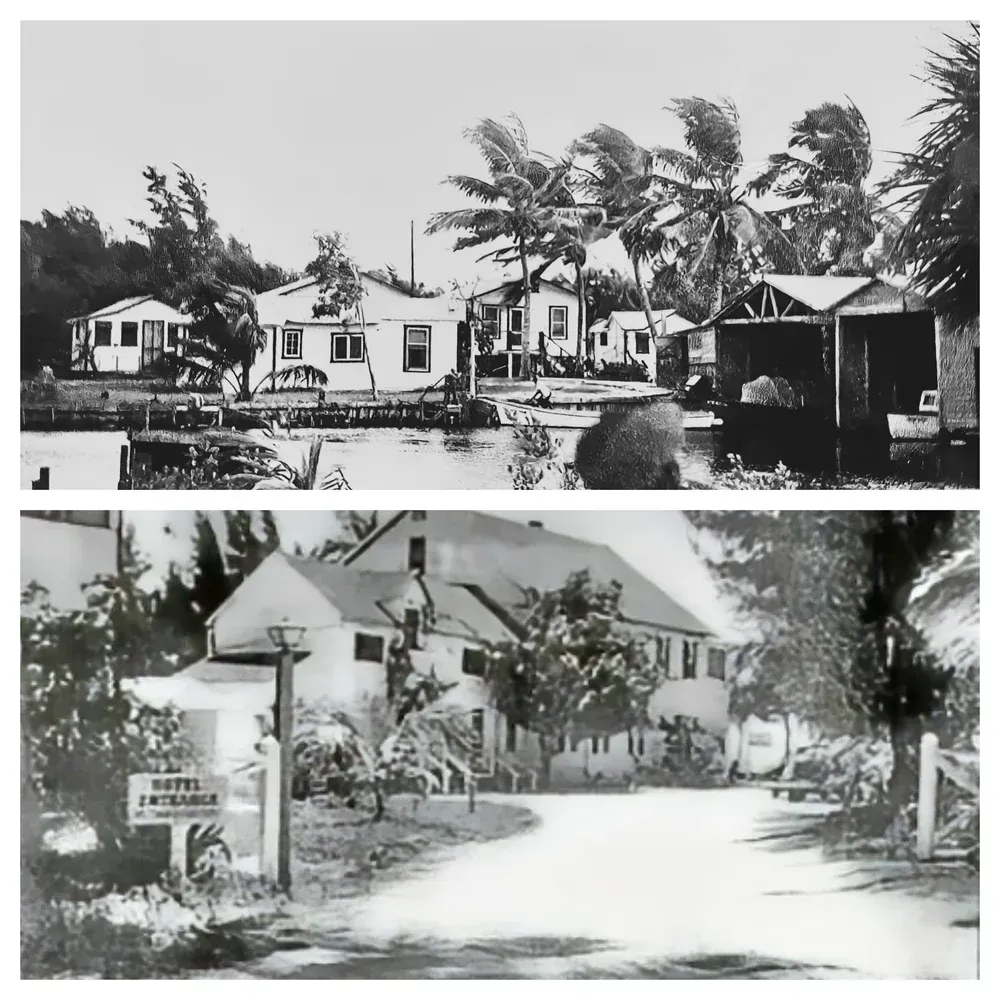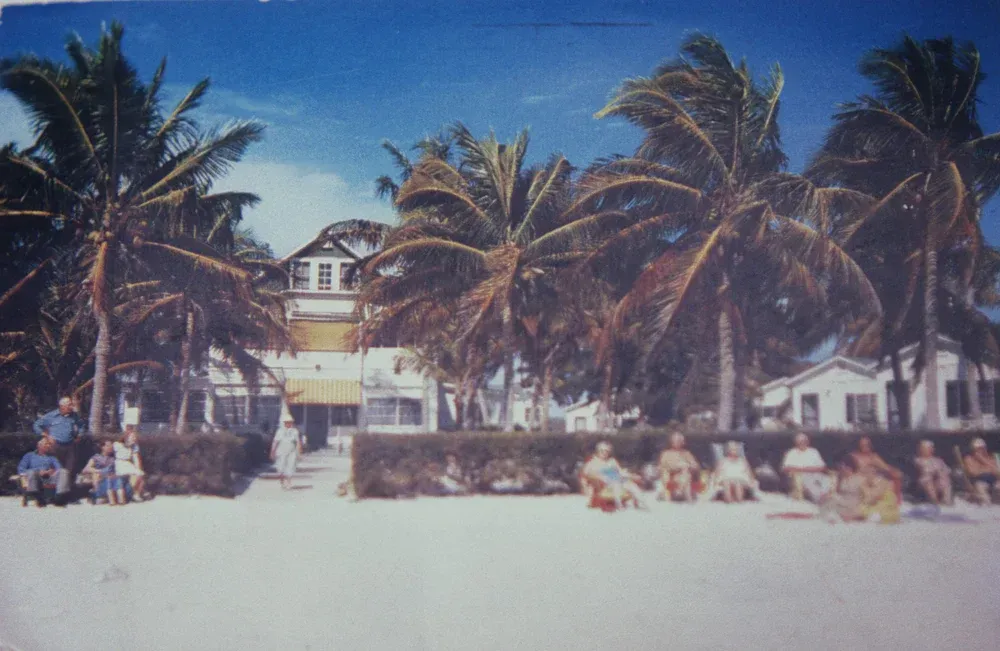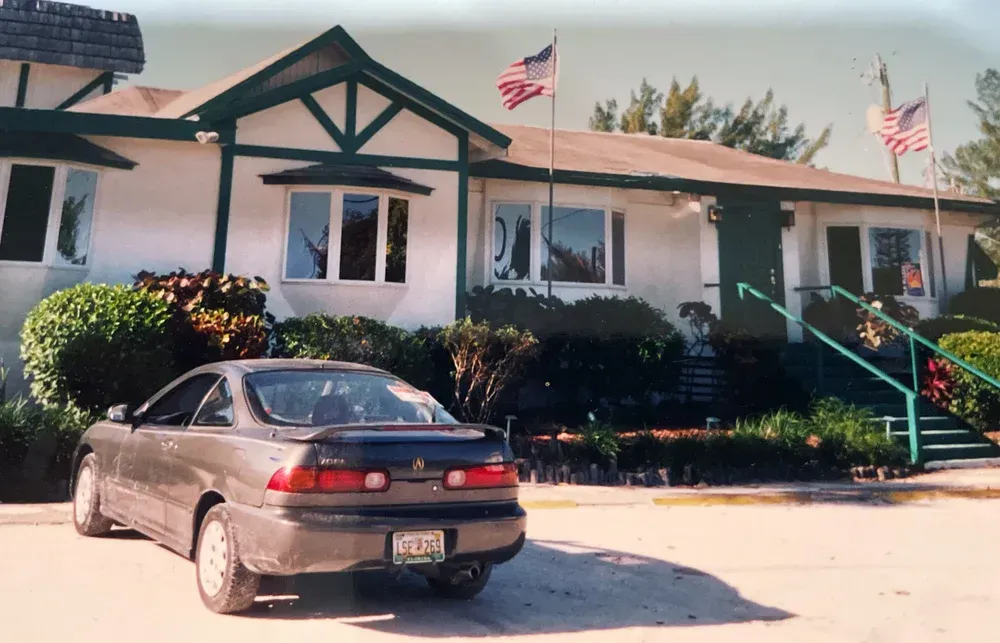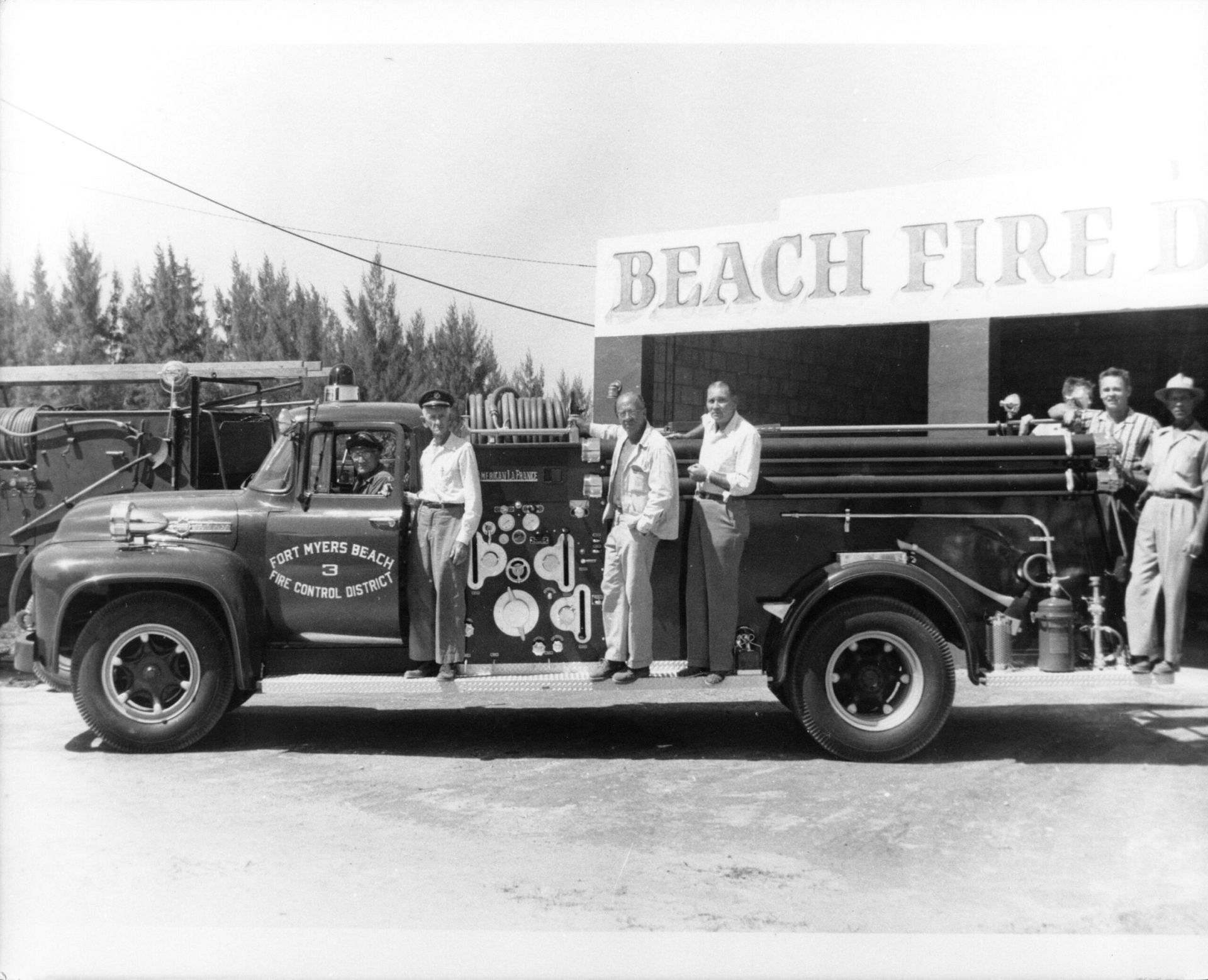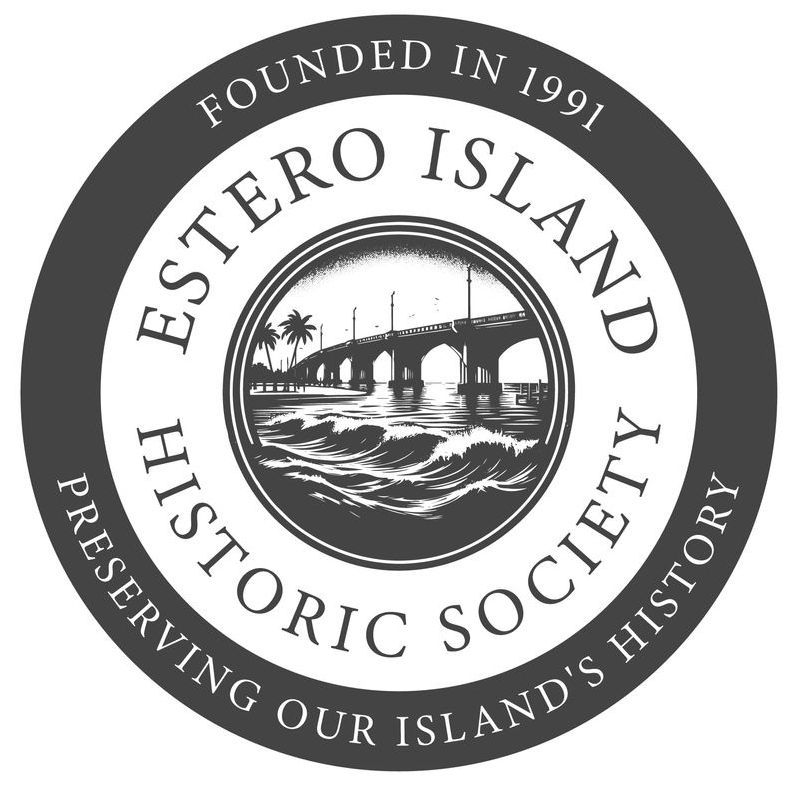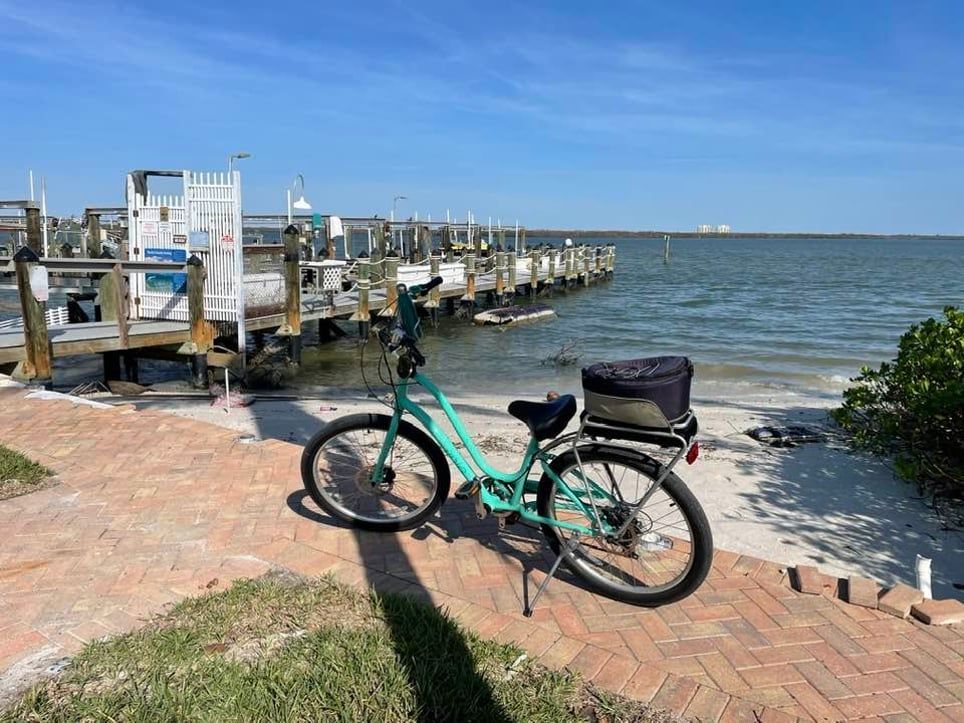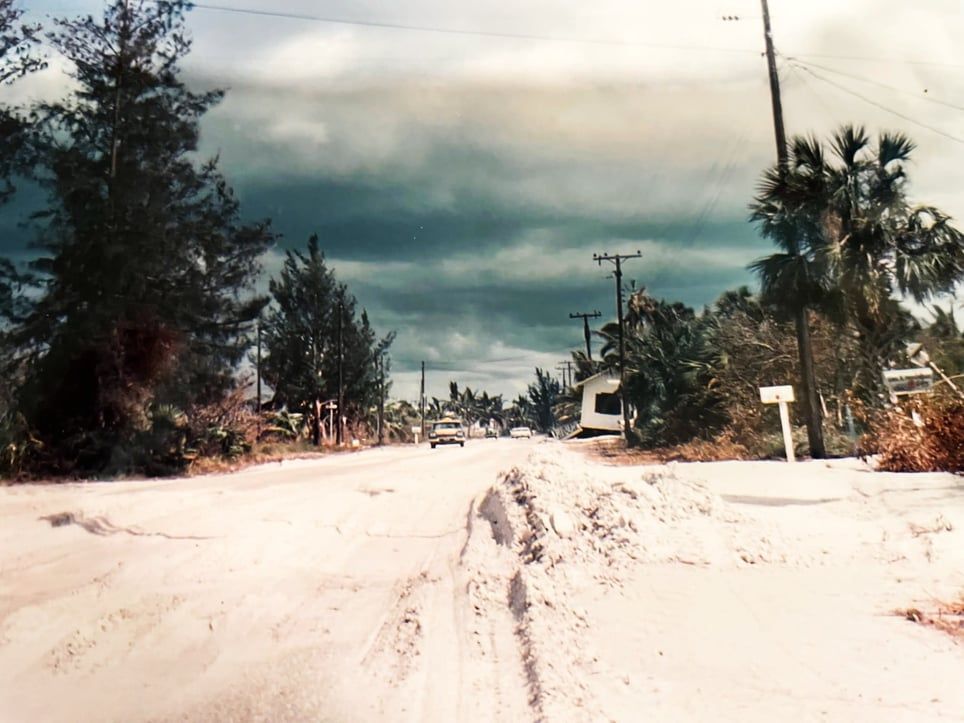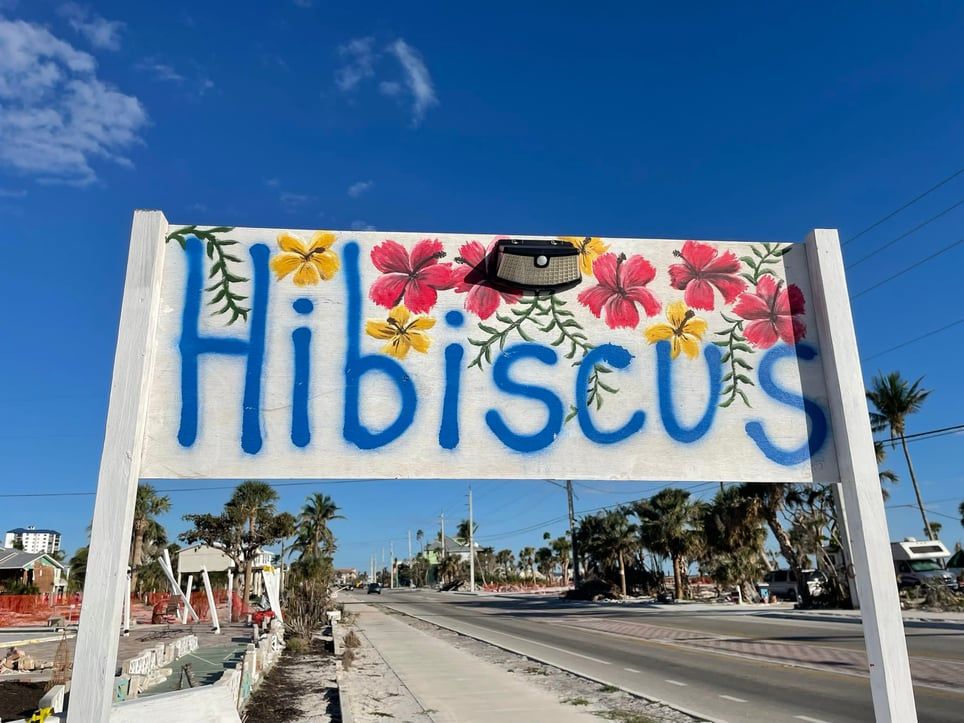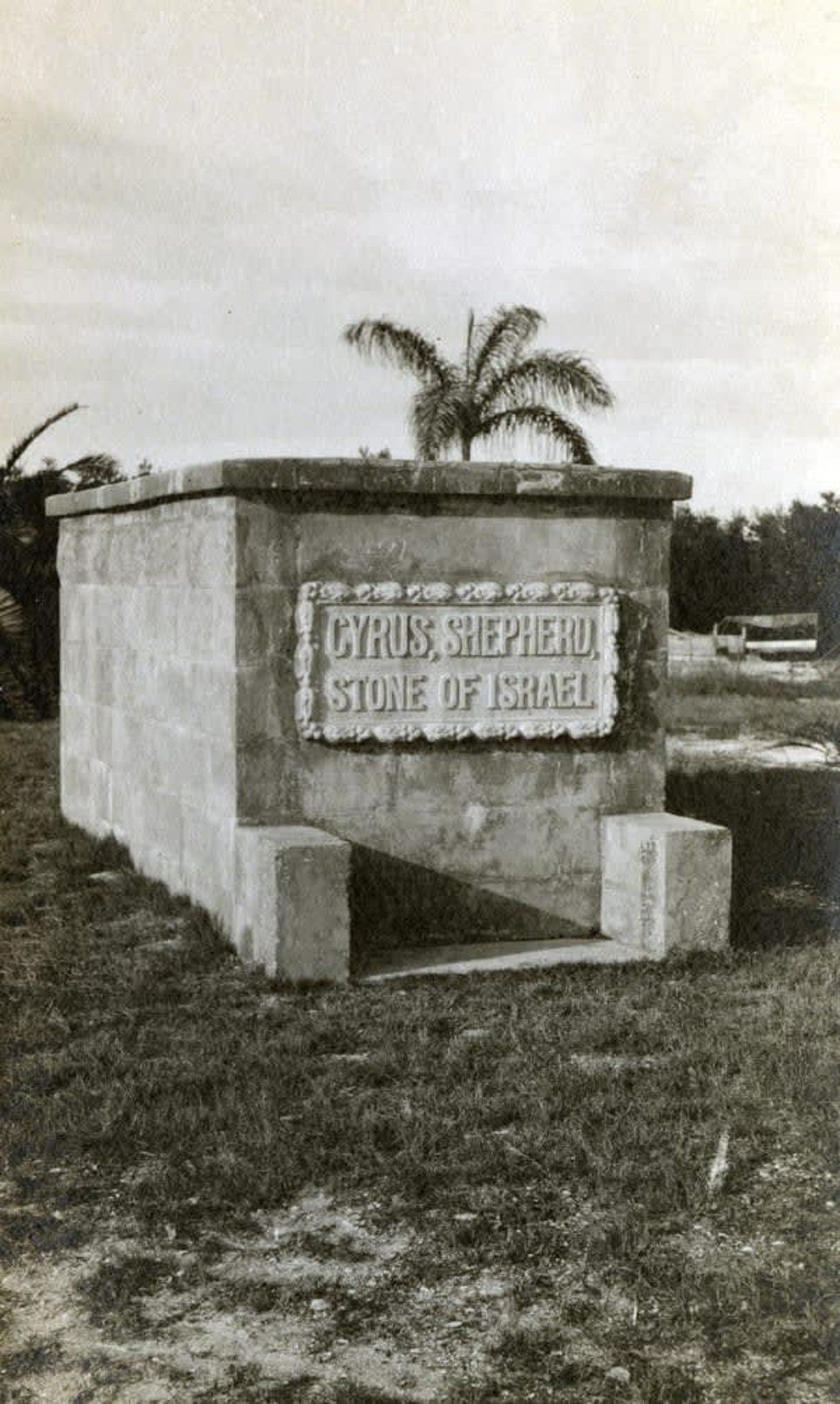Hidden Gems: Must-Visit Historic Sites on Estero Island
Hidden Gems: Must-Visit Historic Sites on Estero Island
Are you ready to embark on a journey through time and uncover the rich history that's woven into the very fabric of Estero Island? Beyond its stunning beaches and vibrant atmosphere, this slice of paradise has its own cache of hidden historic gems waiting to be explored. Join us as we take you on a tour of the must-visit historic sites on Estero Island that offer a glimpse into its storied past.
Unveiling Estero Island's Rich History
Beyond the sun-kissed shores and bustling boardwalks of Estero Island lies a captivating history waiting to be explored. This barrier island's story stretches far beyond its beaches, intertwining with the narratives of Native American settlements, Spanish explorers, and the echoes of time. One of the most fascinating portals into this bygone era is the Mound House, a historic gem that beckons travelers to step back in time and immerse themselves in the island's heritage.
At the heart of Estero Island's historical tapestry, the Mound House stands as a testament to the island's enduring past. This extraordinary site offers more than just a glimpse into history; it's a journey through time itself. Immerse yourself in the atmosphere as you explore meticulously preserved artifacts, meander through lush gardens, and stand upon the very grounds that have witnessed centuries of change. Overlooking the serene expanse of Estero Bay, the Mound House transports you to a time when Native American communities thrived on the island's shores.
The Mound House doesn't merely showcase the past – it encapsulates the island's evolution. From the indigenous Calusa people to Spanish explorers, the layers of history are rich and diverse. As you walk through the corridors of this living museum, you'll find yourself captivated by the stories of those who once called Estero Island home. The past is alive here, waiting to share its tales with those who seek to unravel its mysteries.
The Lighthouse Legacy
While Estero Island boasts its own historical treasures, a short journey to the neighboring Sanibel Island offers a chance to witness the iconic Sanibel Island Lighthouse – a historic beacon that has guided ships and captured hearts for over a century. Though not physically on Estero Island, this lighthouse stands as a must-visit site for history enthusiasts seeking to uncover the Gulf Coast's maritime heritage.
Erected in the late 19th century, the Sanibel Island Lighthouse proudly carries the weight of history upon its sturdy shoulders. Its light once swept across the waves, offering safe passage to seafarers navigating treacherous waters. Ascend the winding staircase to the pinnacle of this monumental structure, and a world of breathtaking panoramas unfolds before you. The view stretches beyond the horizon, embracing both the Gulf of Mexico and the barrier islands that dot its expanse.
As you gaze from this historic vantage point, remember to capture the magic through your lens – a snapshot that immortalizes not only the lighthouse's architectural grandeur but also the connection between past and present. The Sanibel Island Lighthouse stands as a testament to the resilience of those who forged a maritime legacy, reminding us of the indomitable spirit that continues to shape the region's identity.
Tranquil Treasures
Nestled amidst the modern establishments that now define Estero Island, a charming relic from the past awaits discovery – the Estero Island Schoolhouse. A modest yet timeless structure, the schoolhouse carries within its walls the whispers of an era gone by, transporting visitors to the early 1900s when education thrived in the embrace of simplicity.
Step through the threshold of the Estero Island Schoolhouse, and you'll feel an undeniable connection to the past. Vintage desks, weathered chalkboards, and the faint scent of ink evoke a sense of nostalgia that transcends generations. In an age where education is often synonymous with technological advancement, this one-room schoolhouse harks back to a time when community, collaboration, and learning were intimately intertwined.
As you walk the corridors and peer into the classrooms frozen in time, you're invited to imagine a different rhythm of life – one where the echoes of children's laughter once filled the air. It's a poignant reminder that even as Estero Island has evolved, the essence of its history still lives on in these humble yet precious artifacts. The Estero Island Schoolhouse is a tranquil treasure that invites you to pause and reflect on the passage of time and the stories it weaves.
Seafaring Stories at the Maritime Museum
Venture beyond the surface of Estero Island's sun-drenched beauty, and you'll uncover a hidden gem that delves deep into the island's maritime heritage – the Estero Island Maritime Museum. Nestled among the coastal charms, this museum offers a captivating journey into the lives of fishermen, sailors, and the waves that have shaped the island's identity.
As you step into the Maritime Museum, you're instantly transported into a world where the sea reigns supreme. Enchanting exhibits weave tales of adventure, hardship, and triumph as they guide you through the island's seafaring past. The creak of old wooden boats, the scent of saltwater in the air – every element converges to create an immersive experience that speaks to the island's deep-rooted connection with the ocean.
Whether you're a maritime enthusiast or simply curious about the island's seafaring roots, the museum offers a treasure trove of stories waiting to be unearthed. Trace the footsteps of those who cast their nets into the sea, weathered storms, and navigated uncharted waters. Every artifact, every photograph, and every narrative invites you to embark on a voyage through time, exploring the island's maritime soul.
Exploring Estero Island's History Walk
For those who relish the blend of history and nature, Estero Island's History Walk presents an opportunity to immerse yourself in a journey of discovery. This self-guided trail meanders through the island's historic sites, offering plaques that bear witness to the tales of days gone by. With each step, you'll be transported back in time, tracing the evolution of Estero Island through the intriguing stories that unfold along the way.
As you set foot on the charming streets that wind through the island, you'll find yourself walking not only through space but through history itself. The plaques that line the path serve as windows into the past, sharing insights into the lives, struggles, and triumphs of those who have shaped Estero Island. From the humble beginnings to the vibrant present, every turn of the trail unveils a new chapter waiting to be discovered.
This History Walk is more than a leisurely stroll; it's an intimate connection with the island's essence. As you pause to read each plaque, take a moment to imagine the lives that once played out against this picturesque backdrop. Let the stories seep into your consciousness, reminding you that you're part of an ever-unfolding narrative that extends far beyond the horizon.
Matanzas Pass Preserve: Where Nature and History Converge
Beyond the tales of human history, there's another layer waiting to be uncovered at Matanzas Pass Preserve – a place where nature and history intertwine seamlessly. The preserve holds within its boundaries the remnants of the historic Fort Myers Beach Mound, offering a window into the lives of the Calusa Native Americans who once inhabited the region.
Step into Matanzas Pass Preserve, and you'll find yourself enveloped in a world of ecological wonder. The rustling of leaves, the chirping of birds, and the gentle flow of water create a symphony that transports you to a different time. As you traverse the trails, you'll come across the ancient mound – a silent witness to the lives and traditions of the Calusa people who flourished here centuries ago.
The preserve isn't just a haven for nature enthusiasts; it's a portal to a forgotten world. Imagine the vibrant communities that once thrived along these shores, their stories etched into the landscape. The Matanzas Pass Preserve invites you to connect with the island's raw beauty while also honoring the indigenous cultures that have left their mark on this land.
Immersive Tales at Estero Island's Cultural Center
Concluding our journey through Estero Island's hidden historic treasures, we arrive at the Cultural Center – a contemporary façade that houses a treasure trove of history, art, and community stories. This dynamic space encapsulates the island's vibrant past and present, offering a myriad of workshops, exhibitions, and events that celebrate the island's heritage.
Step into the Cultural Center, and you'll find yourself immersed in an ambiance that resonates with creativity and culture. The air is alive with the hum of artists at work, the buzz of conversations, and the shared appreciation for the island's diverse tapestry. Workshops offer you the chance to learn traditional crafts, while exhibitions unveil the works of local artists who draw inspiration from the island's past and present.
From local art showcases that capture the island's visual beauty to cultural festivals that showcase its lively spirit, the Cultural Center serves as a living testament to Estero Island's enduring allure. Here, history isn't confined to dusty books or distant memories; it's a living, breathing force that shapes the island's identity. Engaging with the center's offerings means becoming an active participant in the ongoing story of Estero Island – a story that is both immersive and timeless.
As we journey through time exploring these hidden historic gems, we invite you to become a part of Estero Island's narrative. Connect with us at profbunting@gmail.com to learn more about our educational tours, public meetings, city projects, and the array of souvenirs that carry the essence of this island's history. Let's celebrate the past together and create enduring connections with Estero Island's heritage. Your curiosity and engagement keep the stories alive, and we look forward to embarking on this enriching journey with you.

